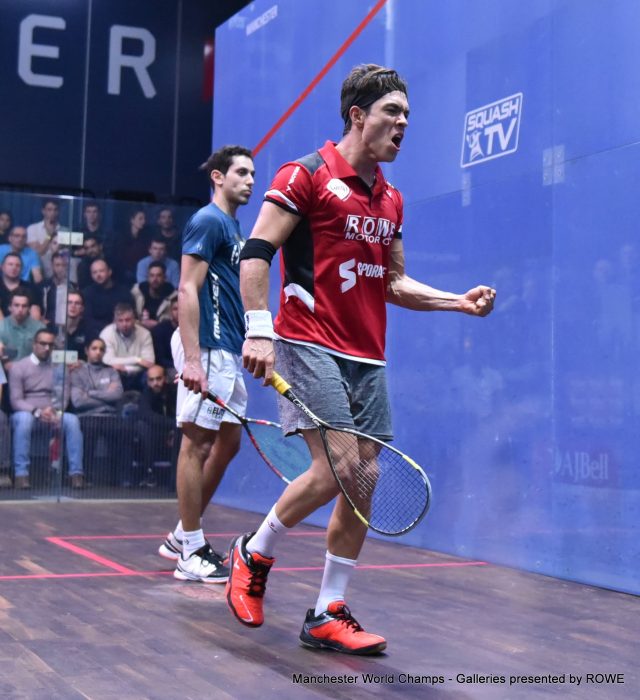Watching the Olympics this week, it struck me again just how fine the margins can be between winning and losing in competitive sport.
When two opponents are so evenly matched, it can come down to the minutest of factors that give a player that crucial edge that carries them to victory – surprisingly, there is research to suggest that this may even include something as seemingly trivial as the colour of the clothes that you wear!
Working with a group of players at a training camp recently, I noticed that over half of them happened to be wearing red t-shirts. It reminded me of a study I read several years ago, that suggested there may be a slight, but surprisingly real psychological advantage to the team/individual wearing red shirts in very evenly matched sporting contests.
The original research study was carried out during the 2004 Athens Olympic Games, looking at four different combat sports – Boxing, Taekwondo, Freestyle Wrestling, and Greco-Roman Wrestling. In these competitions participants are randomly assigned to either red or blue kits/uniforms – if the colour that a competitor wears has no effect, it would be assumed that there would be a generally equal distribution of winners. What the researchers found however, was that there was a small but statistically significant increased tip toward the success of the competitors in red.
Of course, just wearing a red shirt will not suddenly improve your standard and have you challenging the Matthews and Willstrops of this world! The effect the researchers found, were only apparent in very closely matched contests – in more one-sided bouts where one opponent was clearly stronger, colour of kit predictably had no effect.
The main author of the study was Dr Russell Hill, an expert in Evolutionary Anthropology at Durham University. His review of the findings can be found here, and it’s an interesting read – he talks through some of theorised mechanisms for the effect, about the role of the colour red in primate dominance in the wild, and goes onto discuss further research into sport that has looked at the colour of shirts of the most successful teams in English football.
Interestingly, 43 of the 68 winners of the Premier League/1st Division since the war have worn the colour red (or claret), and perhaps even more remarkably, in cities/regions with more than one team the ‘red team’ have more often than not significantly out-performed their non-red neighbours (e.g. Liverpool & Everton, Manchester United & Manchester City, Arsenal & Tottenham etc.).
Of course, there are many other factors to consider in these sporting examples, but it is definitely an interesting phenomenon nonetheless. Hazel Gale’s guest article here on the site looked at other suggested effects related to things such as body language and dominant posture in sport, and there is certainly some evidence to suggest that competitors can gain a small but significant advantage from these elements.

The base for any successful sportsperson will always be technical proficiency, tactical acumen, physical conditioning, and mental strength. A single minor physical or mental element such as the wearing of a ‘colour of dominance’ by itself might only make a fraction of a percent of a difference, but when you start tallying these small advantages up – simple things like mental preparation for matches, setting goals for performance, establishing pre-match routines etc. – the accumulation of several of these ‘minor’ factors may conceivably add up to a tangible effect, particularly in a very closely matched contest.
Knowing that you’ve covered every conceivable detail in your preparation from the tension of your strings to the colour of your kit, is also a very powerful psychological factor in itself.
Gary Nisbet
B.Sc.(Hons), CSCS, NSCA-CPT, Dip. FTST
SquashSkills Fitness & Conditioning Director
Want to get an edge on your opponent?
The knock gives you an opportunity to assess your opponent’s strengths and weaknesses. Download our essential guide to the knock up and ensure you’re making the most of the five minutes before your match starts.
Download your FREE knock-up guide!